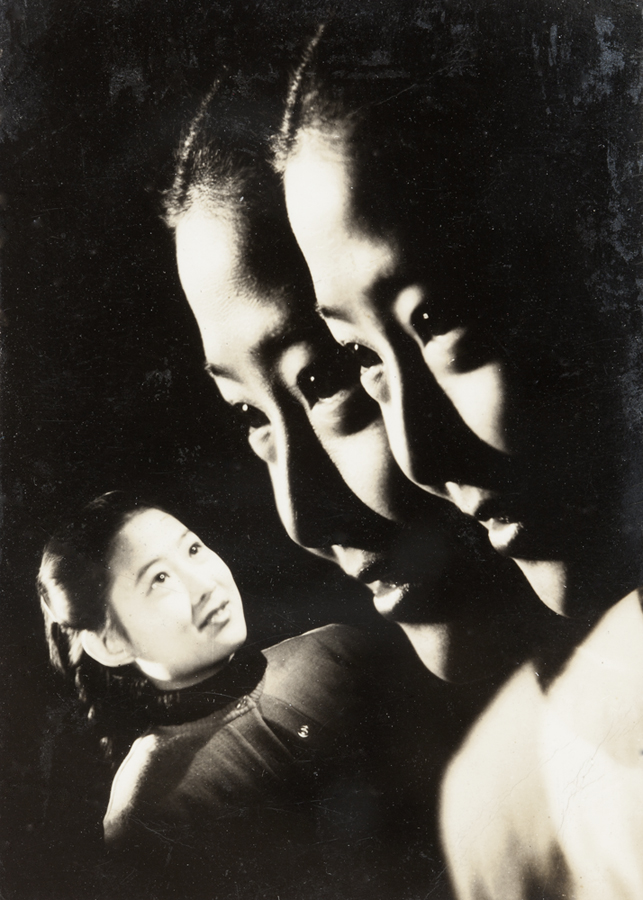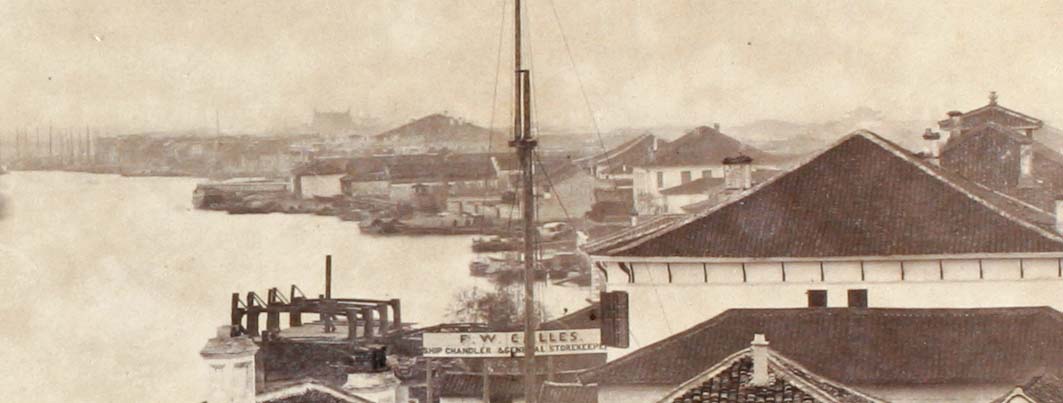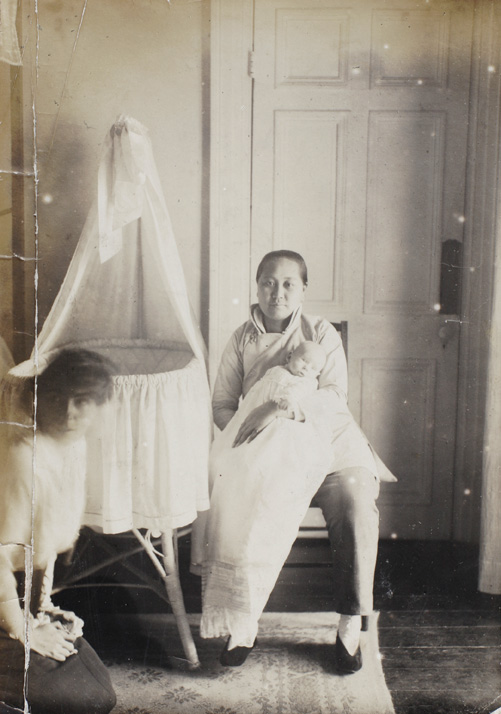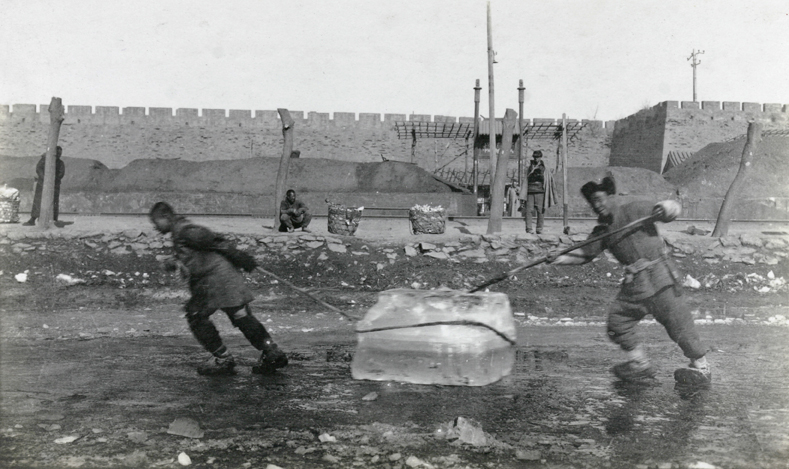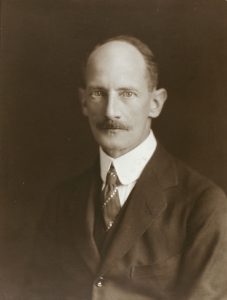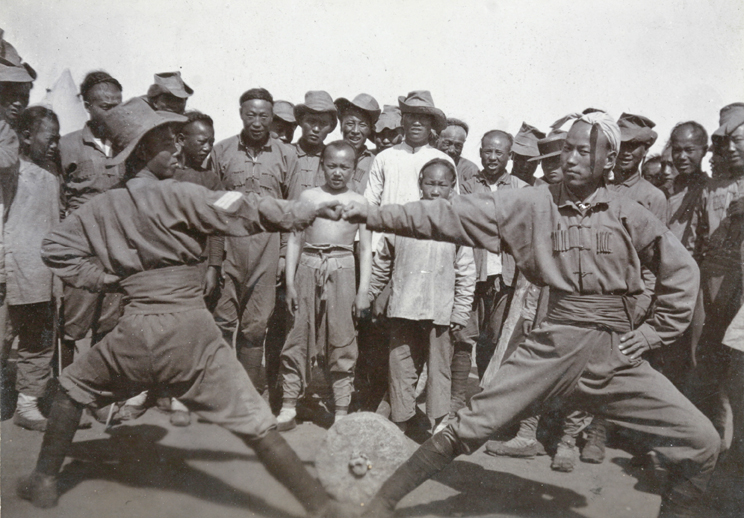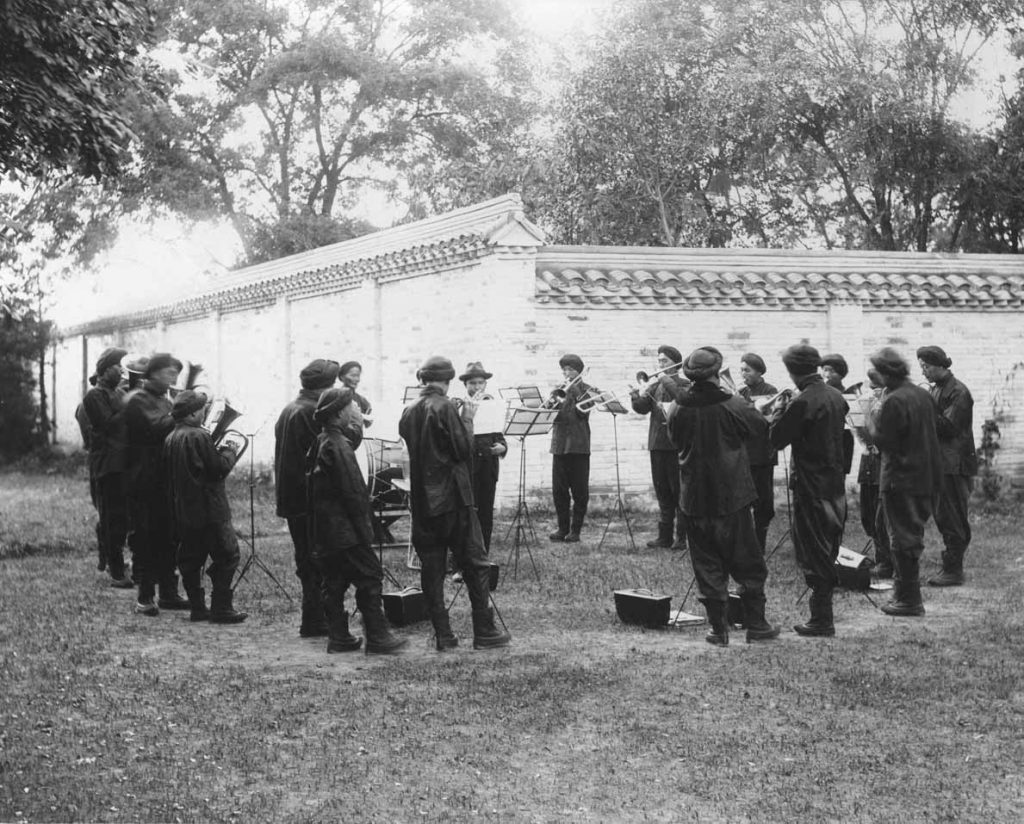
Sir Robert Hart’s Chinese band, directed by M. Encarnacao, Hart collection, (c) Queen’s University Belfast.
This is a personal favourite of mine, although there is plenty of competition. I love Warren Swire’s photograph of the old ‘Bridge of Ten Thousand Ages’ (万寿桥) in Fuzhou, his wonderful picture of the Bund and shipping at Jiujiang, and Fu Bingchang’s shot of Min Chin posing with a camera. But there is something very sweet about this photograph of Sir Robert Hart’s Chinese band rehearsing in, one assumes, the garden of his Peking residence in about 1907.
Hart, Inspector-General of the Imperial (late simply Chinese) Maritime Customs Service from 1863 until 1908, was perhaps the best known British figure in modern Chinese history. The activities of his Service went far beyond the simple assessment of customs revenue, as I show in my book The Scramble for China: Foreign devils in the Qing Empire. He once joked that he might as well be titled ‘Inspector General of Everything’. Hart lived in China almost without a break from 1866 onwards, having first arrived in 1854 as a young Vice-Consul. He was a lover of music, playing the violin and in the late 1880s first putting together a brass band of Chinese musicians, which played at his famous garden parties in Peking. These were mostly boys and young men, who first had to learn how to play their instruments.
The band nonetheless has a noteworthy place in the history of new Chinese music (that is European classic music in China) and of cultural exchange. It was the first (civilian) brass band composed of Chinese musicians. We have snatches of its history, and reports of how Hart’s young musicians were poached by leading Qing officials as a vogue grew for bands in the early years of the twentieth century.
This is actually my current screen-saver. It is not a particularly great photograph, in terms of composition, but the best ones often aren’t. I love the way the musicians are rehearsing oblivious to the camera, with the Portuguese bandmaster Encarnacao playing away amongst them. It scores highly on atmosphere and on charm.

